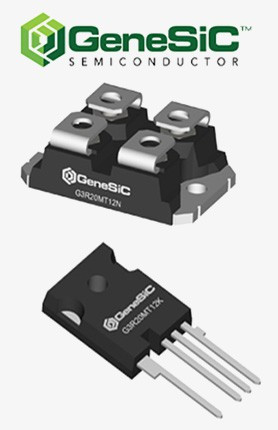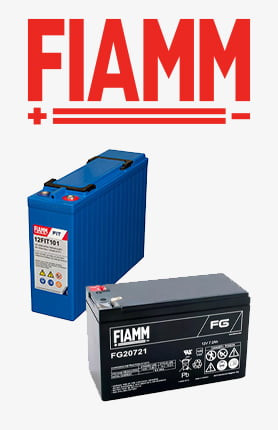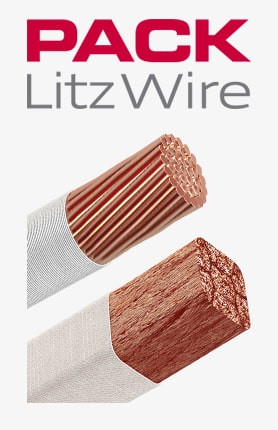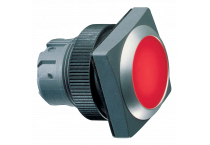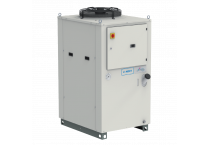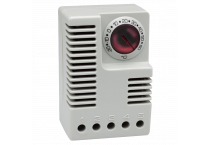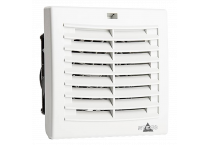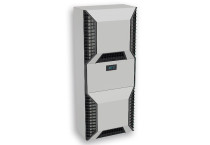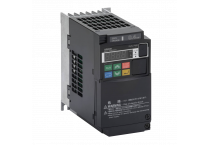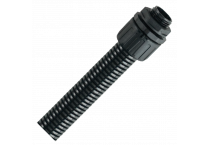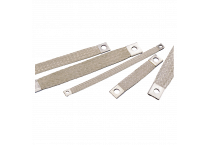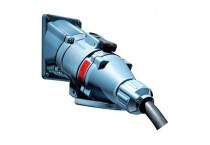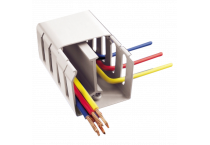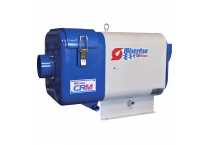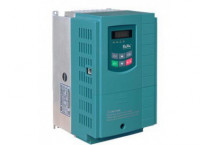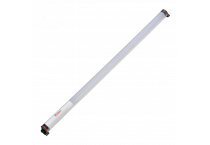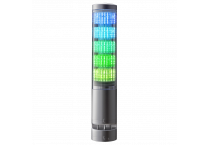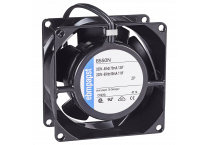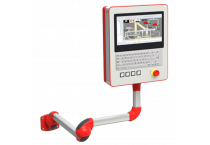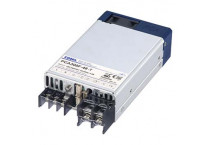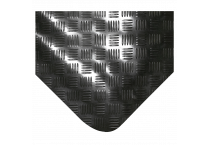-
- Distribution blocks and terminals
- Gel muffs
- Busbar terminals
- Multipole Industrial Connectors
- Industrial Power Connectors
- Cables for sensors | LUMBERG
- Connectors for sensors
- PCB Terminals
- Battery Clamps
- Connectors | Hirschmann
- Rotary Connectors
- Electrical Connectors | SCHÜTZINGER
- Circular connectors with threaded joint | LUMBERG
- Coaxial Connectors | RADIALL
- Industrial Connectors | Han
- Power Connectors Powersafe
- Connectors and cables for charging electric vehicles
-
- Power Supplies - Theoretical Description
- AC-DC Power Supplies and DC-DC Converters | Bel Power Solutions
- Power Supplies | COSEL
- Power Supplies | MTM POWER
- Converters, Power Supplies, Inverters | PREMIUM
- Low Power UPS | Bel Power Solutions
- AC-DC Industrial Power Supply Unit
- Power Supplies for Medical Applications
- Pulsive technology
Discover our products designed for CNC machines
What is a CNC machine?
CNC – Computerized Numerical Control, a control system containing a microcomputer that can be programmed. This term is used for computer-controlled devices such as EDM machines, milling machines, and lathes. These devices are used for precise machining, producing highly repeatable and complex shapes. CNC machines are most commonly used for metal, wood, plastic, and glass processing.
How does a CNC machine work?
CNC machines consist of a data carrier, i.e., an input device containing control data, a data converter responsible for processing information, and drives with transfer axes. During operation, there is a closed-loop, fully automatic regulation system. This makes CNC machines very precise in machining. Continuous sensor operation minimizes production errors. Additionally, components are specially designed to withstand production conditions and ensure rigidity for better machining accuracy.
Use of CNC machines in industry
CNC machines commonly used in industry include lathes and milling machines. The operator prepares the device for work by programming it according to the technical documentation of the part. Programming involves entering commands that define the tasks and the final shape of the part (dimensions, shape, roughness). Newer devices feature readers that allow loading ready control programs.
Despite automation and computerization, CNC machines still require specialized personnel. This is due to the need for knowledge of the controller, programming skills, and selection of technological parameters and workpiece clamping to ensure smooth production.
In the CNC machines area, we offer both components and services used in designing, constructing, and operating precise milling machines and electric lathes: inverters, coolers, and repair of power electronic devices. Our offer includes a wide range of components from reputable suppliers.
CNC machines are used in companies requiring accuracy and precision in material processing. These machines allow for identical shapes and impart required parameters such as roughness or surface structure.
The most important elements of CNC machines are:
- power electronic converters: inverters, soft starters;
- wire protection against harsh working conditions: conduits, pipes, cable management systems;
- LED displays: industrial displays, informational displays;
- signaling and communication devices: industrial computers, light and sound signaling;
- measuring instruments: LEM current and voltage transducers;
- cooling devices: coolers, chillers, compact fans.
The CNC machines department through its offer enables engineers to implement new solutions and to maintain and service existing equipment.
The CNC machines department offer includes:
- LEM current and voltage transducers;
- Buttons and switches;
- Industrial coolers, chillers;
- Sensors and control components;
- Filters and filter-ventilation sets;
- Air conditioners;
- Inverters;
- Cabinet heaters;
- Conduits, pipes;
- Braids;
- Connectors;
- Cable management systems;
- Oil mist separators;
- Repair of power electronics, electronics, and automation devices;
- Specialized LED lighting for machines;
- Light and sound signaling;
- Compact fans;
- Control enclosures and suspension systems;
- Power supplies, converters, and inverters;
- Mats and covers for industrial applications.

